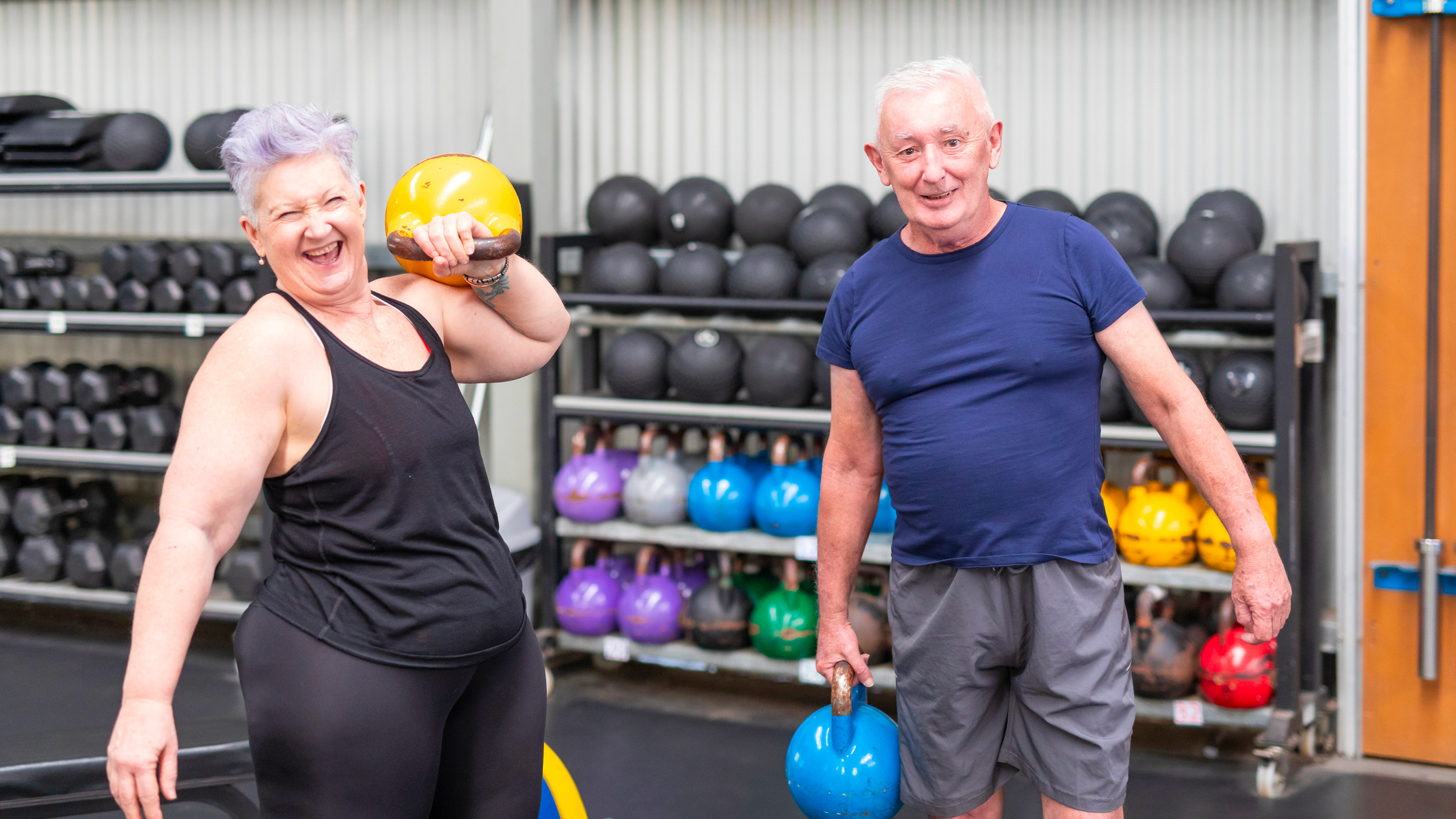"This one exercise will make the next 30 years of your life better than you think it could be"—an expert trainer on the best move for longevity
Undo the damage of sitting with this powerful strength training move


Sitting dominates my day—I sit at work, during my commute and in the evenings watching TV. Unfortunately, all that sitting isn’t doing my body any favours.
"Your body is an incredibly adaptive machine," says Steve Stonehouse, an expert trainer with 25 years of experience. "If it feels like, 'Hey, I’m gonna be seated for a long time', it’s going to adjust and adapt to that."
Stonehouse explains that prolonged sitting places your hips flexors (front thigh muscles) in a shortened position while your glutes (buttock muscles) are lengthened and underactive. This imbalance can lead to tight hip flexors and weak glutes, as well as discomfort, poor posture and potential injury.
The solution? Move more and sit less! But if you’re looking for a standout exercise to undo the damage of sitting, Stonehouse swears by the kettlebell swing.
"If you ask me my favorite move, without a doubt, it’s kettlebell swings," he says. "This one exercise will make the next 30 years of your life better than you think it could be."
How to do a kettlebell swing
This kettlebell swing will strengthen your hip flexors and work your posterior chain (the muscles along the back of your body). Here’s how to do it:
Trainer tip: Stonehouse advises working with a trainer to perfect your form.
Start your week with achievable workout ideas, health tips and wellbeing advice in your inbox.
Why excess sitting is bad for you
Sitting for hours can shorten the hip flexors and weaken the glutes, leading to a condition called synergistic dominance. This occurs when stronger muscles compensate for weaker ones, potentially causing strain or injury.
“If one muscle or a group of muscles can't do their job, your body is not gonna say no—it's gonna find another way,” says Stonehouse.
For example, if your glutes are weak and can’t provide adequate strength for squats and lifts, muscles in your lower back might jump in to help. As these muscles are a lot smaller and less powerful than the glutes, they can’t always handle the load adequately, which can lead to injury.
How kettlebell swings help with longevity
Strength training in general is essential to longevity and aging well, because it helps build muscle mass and bone density, both of which decline over time.
Stonehouse says that many people mistakenly blame aging for their achy back, stiff hips and sore knees, when these are often symptoms of inactivity.
"One positive I've experienced with people that sit a lot and have low-back pain is that if we can get them doing a few corrective strategies a lot of that low-back pain can go away," he says.
Other moves to try
In addition to kettlebell swings, Stonehouse recommends the following moves:
Squats: these are great for building glute strengthening, which is crucial for overall stability and injury prevention.
Single-leg exercises: improving balance is critical for everyday activities like walking, jogging or climbing stairs.

Ruth Gaukrodger is the fitness editor for Fit&Well, responsible for editing articles on everything from fitness trackers to walking shoes. A lot of her time is spent interviewing coaches and fitness experts, getting tips on how to make exercise less intimidating and more accessible.
She's a keen runner and loves strength training. She also enjoys honing her yoga skills from the comfort of her living room.
